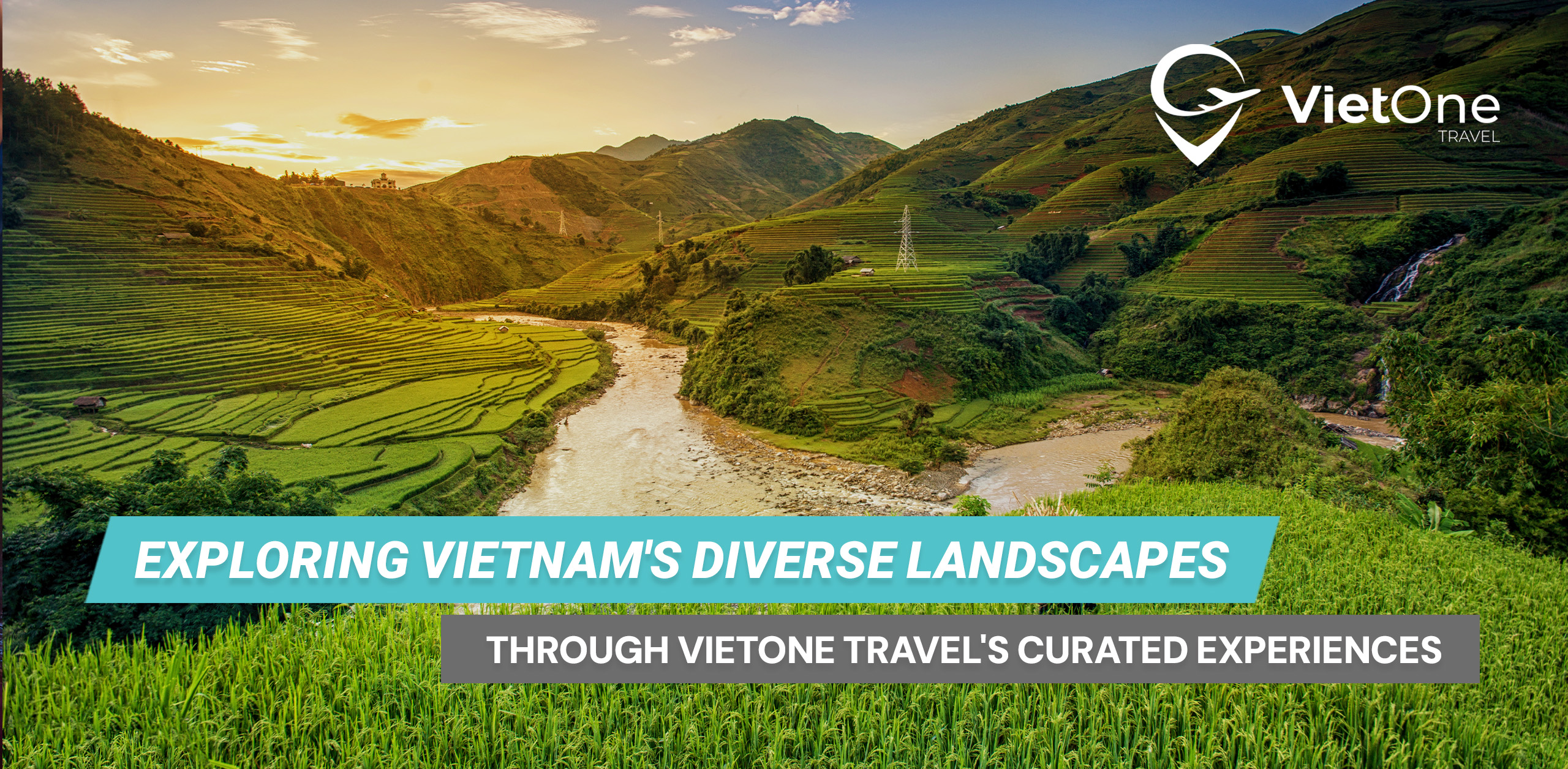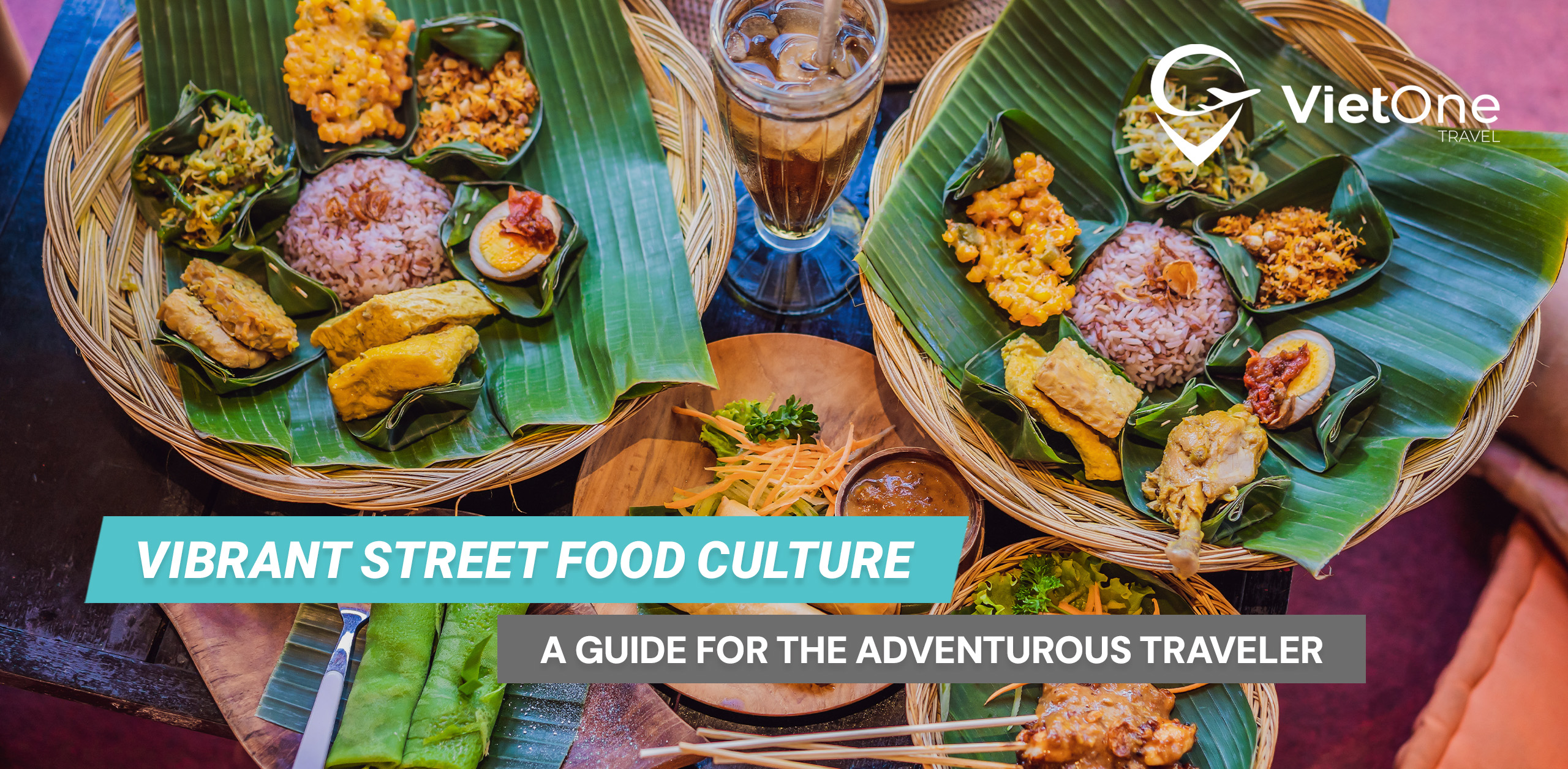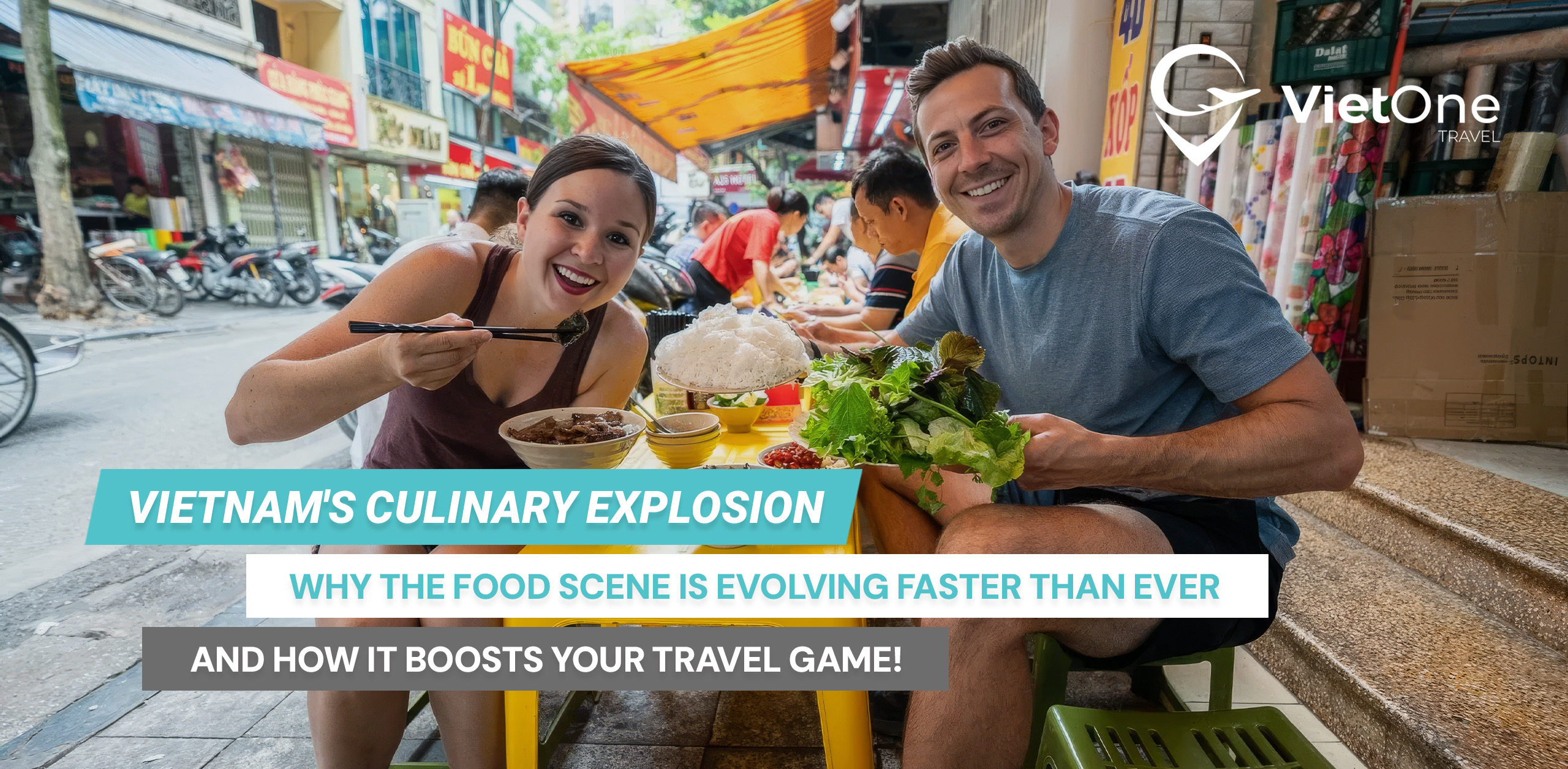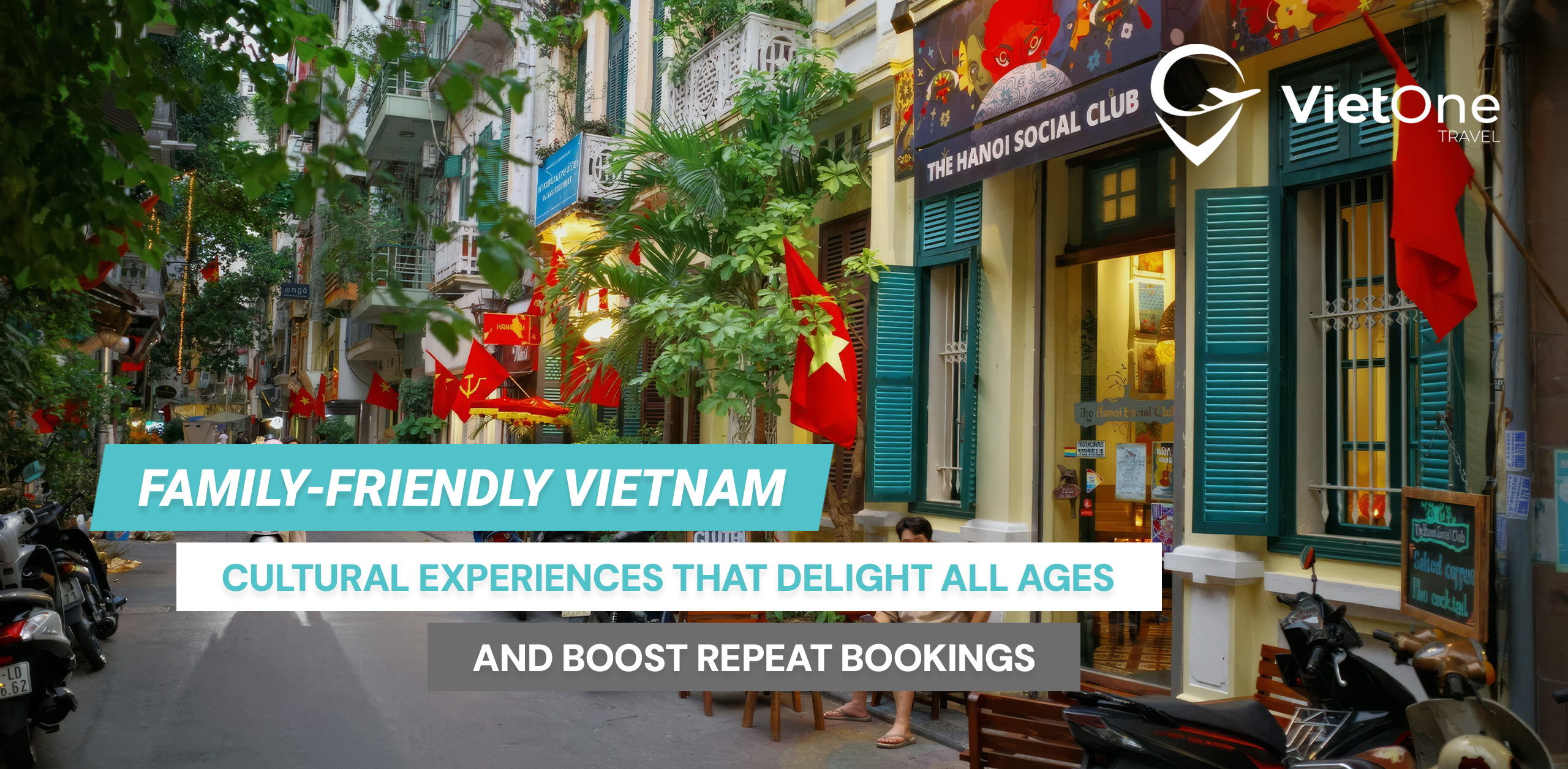Vietnam’s UNESCO World Heritage Sites are a treasure trove of natural wonders, ancient history, and cultural depth—perfect for travel agents crafting standout itineraries. With eight recognized sites, there’s something for every traveler. Here’s a rundown of each, packed with insights to make planning easier and trips unforgettable.

Ha Long Bay: Limestone and Legends
In the north, Ha Long Bay dazzles with its emerald waters and over 1,600 limestone islands. A UNESCO site since 1994, it’s a geological marvel. Clients can kayak through lagoons or explore caves like Sung Sot, with its dramatic stalactites. Spring (March to May) or autumn (September to November) offers the best weather. An overnight cruise is a must—sunrise over the karsts is pure magic. Pair it with Hanoi for a smooth add-on.

Hoi An: Lanterns and Legacy
Central Vietnam’s Hoi An, a UNESCO site since 1999, feels like a living museum. This ancient port town blends Vietnamese, Chinese, and Japanese architecture in its yellow-walled streets. The Full Moon Festival, with lanterns on the Thu Bon River, is a highlight. February to April brings ideal weather, and nearby An Bang Beach adds a relaxing twist. Suggest cycling to rice fields or a cao lau noodle tasting—it’s a versatile gem.

Hue: Imperial Echoes
Hue, the former imperial capital, earned UNESCO status in 1993 for its sprawling Imperial City and riverside tombs. The Perfume River ties it together—boat trips to Tu Duc’s tomb are a serene escape. Late spring (April to June) beats the rains, and the city’s slow pace suits history lovers. Add a bun bo cooking class for flavor. It’s a natural stop between north and south.

Phong Nha-Ke Bang: Caves of Wonder
Also in central Vietnam, Phong Nha-Ke Bang National Park (UNESCO since 2003) boasts some of the world’s largest caves. Son Doong, the biggest, is a bucket-list trek, while Paradise Cave stuns with its cathedral-like chambers. Summer (May to August) is dry and ideal for caving. It’s less touristy than Ha Long Bay, so pitch it to adventure seekers. Pair it with Hue for a central combo.

My Son: Ancient Ruins
Near Hoi An, My Son Sanctuary (UNESCO 1999) is a cluster of Hindu temples from the Champa civilization, dating back to the 4th century. Its jungle setting and weathered brick towers feel mystical. Early mornings in spring avoid the heat and crowds. It’s a quick day trip from Hoi An or Da Nang, adding depth to a cultural itinerary.

Trang An: Vietnam’s Inland Ha Long
In the north, Trang An (UNESCO 2014) is a serene landscape of rivers, limestone peaks, and ancient temples. Boat rides through caves like Hang Sang reveal its quiet beauty. Spring or autumn keeps it comfortable. It’s near Hanoi, making it an easy alternative or add-on to Ha Long Bay for nature lovers.

Citadel of the Ho Dynasty: Northern Roots
This Hanoi-based site (UNESCO 2010) blends archaeology and architecture from the 11th century Ly Dynasty. The central citadel, with its flag tower, is less touristy but rich in history. Year-round access works, though spring or autumn avoids extremes. It’s a low-key addition to a Hanoi stay, ideal for history buffs.

Cu Chi Tunnels: Underground Resilience
Near Ho Chi Minh City, the Cu Chi Tunnels (UNESCO tentative list, widely recognized) showcase Vietnam’s wartime ingenuity. This vast network, used during the Vietnam War, offers a crawl-through experience. Dry season (December to April) is best. It’s a compelling day trip from the south, pairing well with Mekong Delta tours.
Planning Made Simple
These sites span Vietnam’s length, so mix and match: Ha Long Bay and Trang An from Hanoi, Hue with Phong Nha and My Son, or Cu Chi from Ho Chi Minh City. Spring and autumn dodge the rains, while local guides unlock hidden tales—like Champa myths at My Son or cave lore in Phong Nha. Food ties it all together, from pho to fresh fish.
Vietnam’s UNESCO sites aren’t just dots on a map—they’re stories waiting to unfold. For travel agents, they’re the key to trips that linger in memory long after the journey ends.





